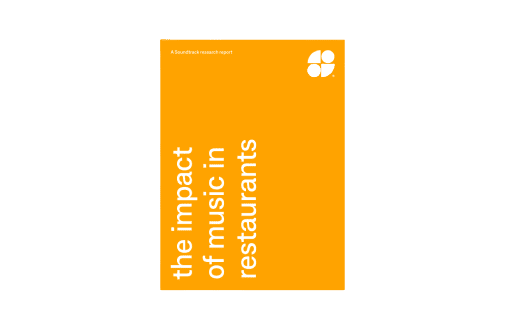McDonald’s: The Impact Of Music In Restaurants

Type of research and hypothesis:
An in-store music study examined the effect on sales when playing brand-fit music, random hits, and no music in Swedish restaurant locations.
Method:
What happens when you analyze 1.8 million purchases across 16 fast-food restaurants over five months? You get rock-solid data.
This study analyzed the effects of playing brand-fit music, random hits, and no music in eight high-traffic locations. The study went on to compare sales when brand-fit playlists contained only popular, well-known songs against playlists that contained a mix of hits and lesser-known songs.
Tailoring music to the brand helps sales while playing random hits actually hurts them. And mixing hits and lesser-known songs gives better results than popular songs alone. Findings:
Results:
Sales jumped by 9.1% when customers heard a mix of hits and lesser-known songs chosen to fit the brand compared to playlists that contained only random hits.
Sales actually decreased by 4.3% when random hits were played compared to no music at all.
Playlists that mixed popular and lesser-known artists resulted in sales volumes 3.6% higher than just playing brand-fit hits.
Purchases of desserts went up a whopping 15.6% when the playlist-fit the brand and mixed popular and obscure songs.
Music that reflected the company’s values reassured diners that they were in the right place—that they knew and appreciated—and gave them the confidence to purchase. Playing random music, even popular songs, without matching the music to the brand created an uncomfortable disconnect between what customers saw and heard, and with previous associations with the restaurant.
